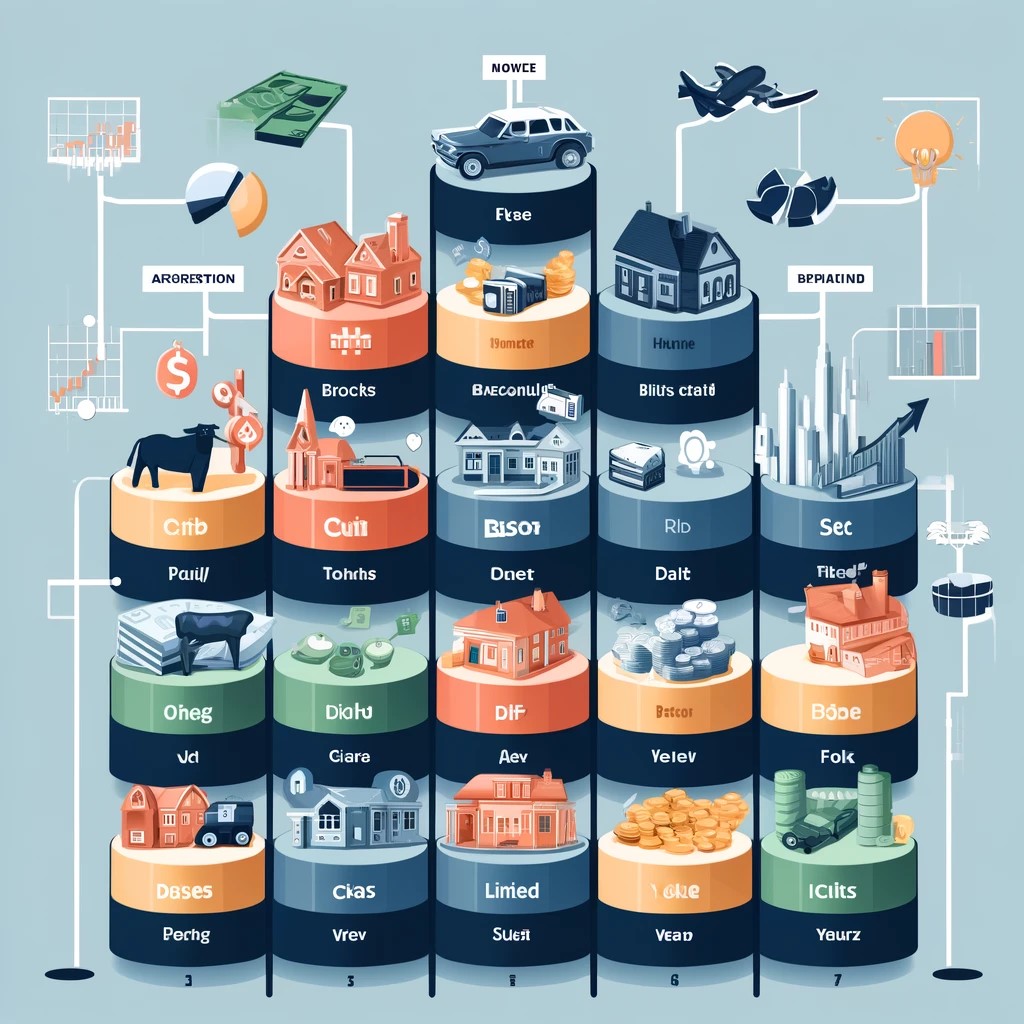Passive vs Active Investing: Which Approach is Better?
Investing is a perfect capacity to increase wealth. The two main strategies involved are passive investing and active investing. Both have their strengths and weaknesses. The source of this knowledge is essential in making proper decisions regarding finances. This article shall dissect both approaches, providing the useful knowledge and insight that will help you determine which strategy is best for you.

Understanding Passive Investing
Passive investment reflects buying and holding investments for the long run. Its intent is to mimic the performance of specific index like S&P 500. Generally, index funds or ETFs make up this strategy.
Characteristics of Passive Investing
- Low Expenses: Passive funds have less expense ratio compared to active funds. For instance, passive funds have approximately 0.10% average expense ratio while active funds have 0.70%.
- Requires Less Time: After investment, very little management is needed. This is right for those who have a busy schedule and wish to grow their assets without intense monitoring.
- Market Average Returns: For a passive investor, returns are the typical market returns. The S&P 500 historically averaged close to 10% annual returns over the long-term.
Understanding Active Investing
Active investing is such that an investor or fund manager needs to be hands-on. The investor or fund manager buys and sells securities in a bid to deliver above-market returns. They conduct research and analysis to make informed decisions.
Characteristics of Active Investing
- Expensive: Active funds tend to be costly. On average, a typical expense ratio for an active fund is about 0.70% and this can consume quite a chunk of profits over time.
- Opportunities for More Profits: Experienced active managers work for outperforming the market. According to some research, the best ones have been able to generate around 12% to 15% in returns annually.
- Market Timing: The active investor is said to be playing the market. It involves deep research and is usually carried out due to economic indicators, trends, and news.
Performance Comparison: Passive vs Active
Several studies have shown that passive investment generally outperforms active investment in the long run. According to SPIVA (S&P Indices Versus Active), nearly 80% of active managers could not outperform their benchmarks within a span of 15 years.
- Volatility and Risk: The passive investing strategy is typically less volatile. For the reason that a passive strategy simply mimics a benchmark, it captures the average market activity without attempting to time any market moves. Active investment tends to be more volatile, as it bases so many trades.
- Market Conditions: An investor or fund manager should know that market conditions always remain volatile. It is too difficult to express with certainty about market situations as sometimes, one strategy better suited than the other and sometimes other perform better than former? When it comes to bull markets, the active manager can most often outperform. However, in bear markets, the passive strategies tend to hold up better.

Costs and Investment Returns: Why They Matter
The cost plays a vital role in investment returns. For instance, if you invested $10,000 into an active fund holding a 1% expense ratio with a 0.1% expense ratio for a passive fund. Assuming an annual return of 7% after 30 years:
Active Fund => You would have about $57,435.
Passive Fund => You would have about $74,000.
The difference of $16,565 again points out how cost affects long term performance.
Which is Better?
It all depends on the objectives of your investment decision and approach.
- Long-term Accumulation of Wealth: If you crave even growth, a passive investment would suit you the best. They maintain less and deliver fair returns in the long run.
- Higher Risk Nature: You enjoy digging into all the stock research that you can find and have time to manage your investments, then active investing could be a better fit for you. Just remember it is much riskier.
- Time Commitment: Passive investing is great if your lifestyle doesn't provide you with a lot of extra time to spare. You set it up and forget about it, knowing your money is working for you. Active investment requires more time and effort. If you enjoy analyzing the market or even choosing investments, this may be very appealing to you.
Final Thoughts: Your Choice
Passive and active investment do have their advantages and disadvantages. The appropriate strategy simply depends on what exactly you want to achieve and how much risk you are ready to take. And most importantly, whatever the choice you have, do not forget that diversification is the key. Many investors will choose some kind of both passive and active investment so their portfolio balances between the two approaches. Invest prudently and you will be safe forever. This is where a grasp of passive versus active investing really puts you in control. Your choice will always depend on the nature of your situation. Financial advisors can guide you through when investment choices are unclear. You can better decide how to direct your investments by having a grasp of these concepts.

(Writer:Laurro)





